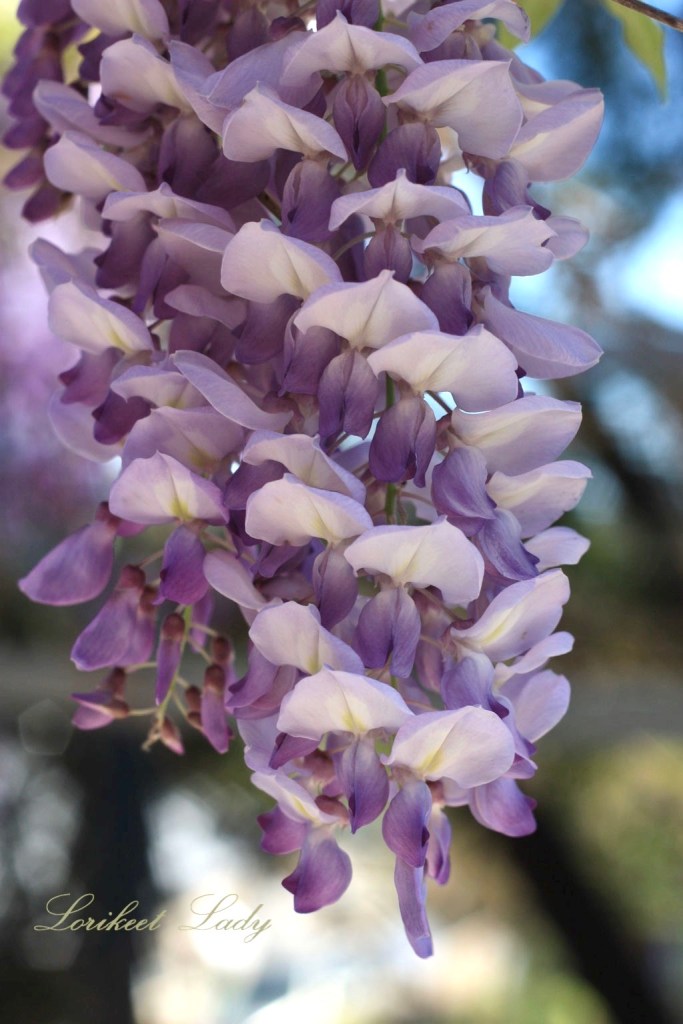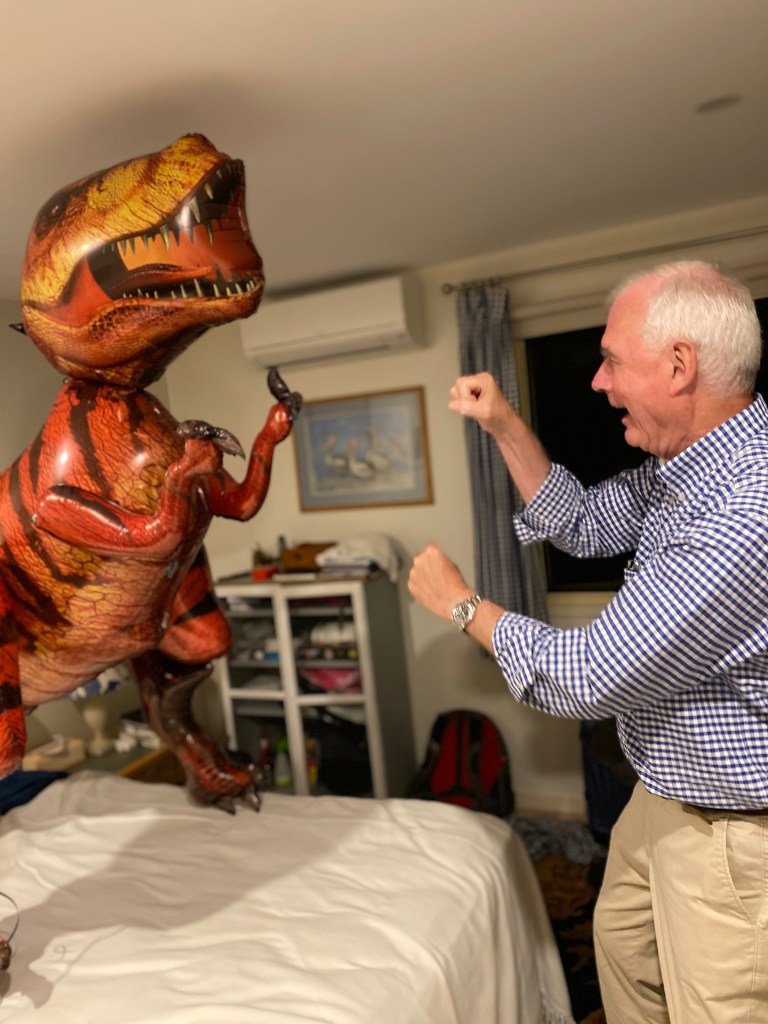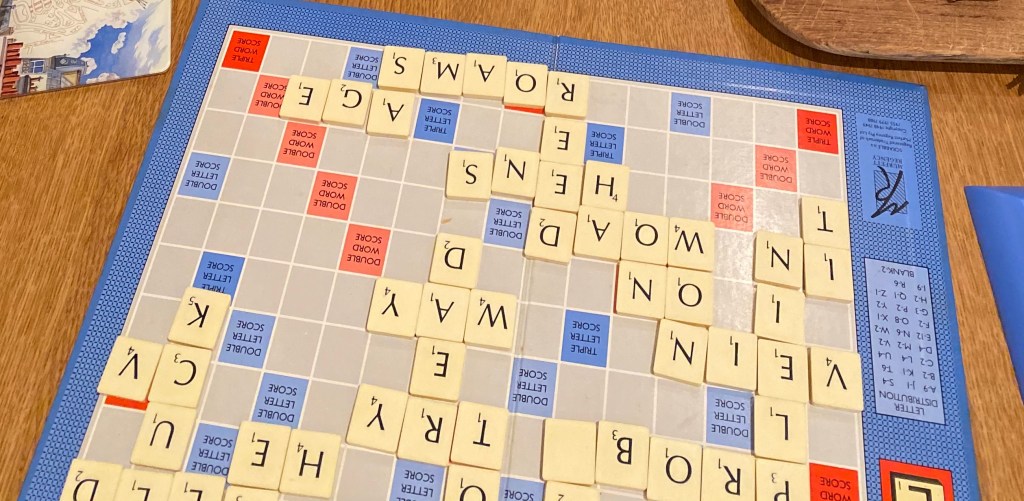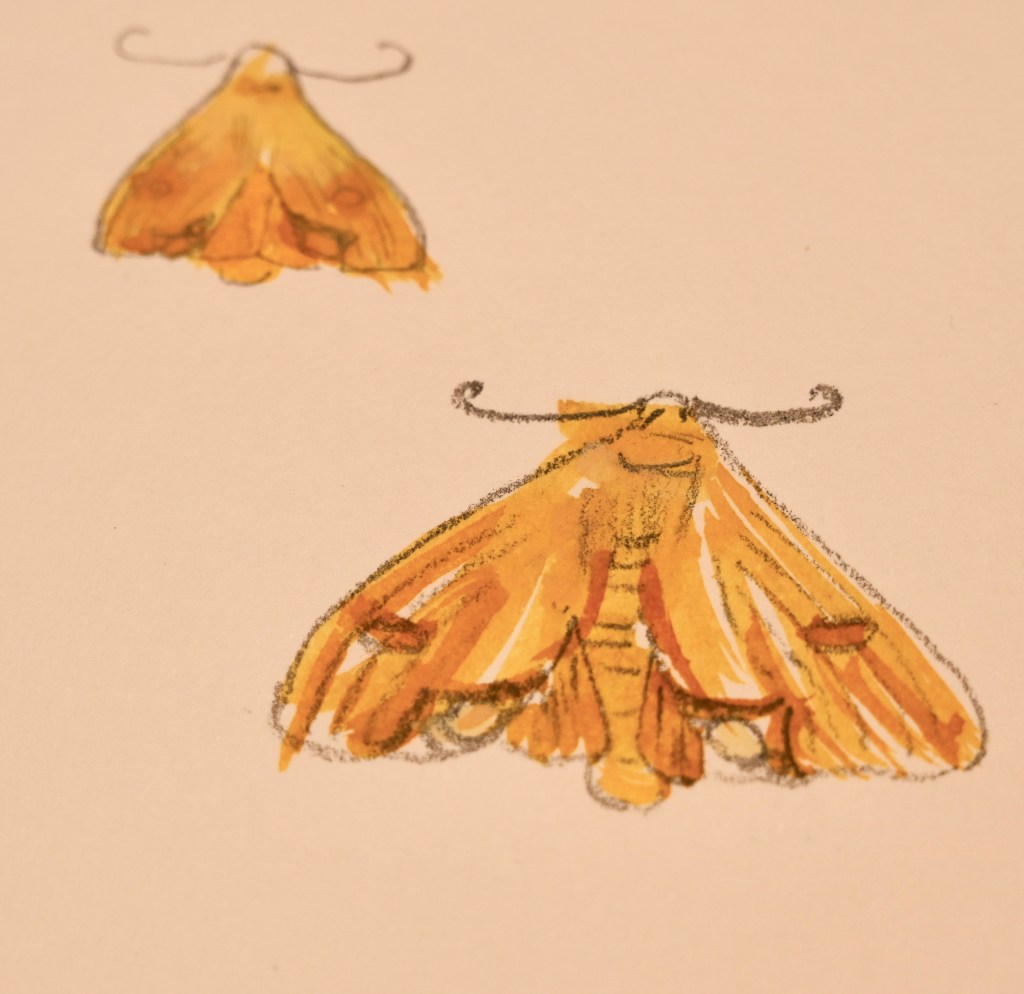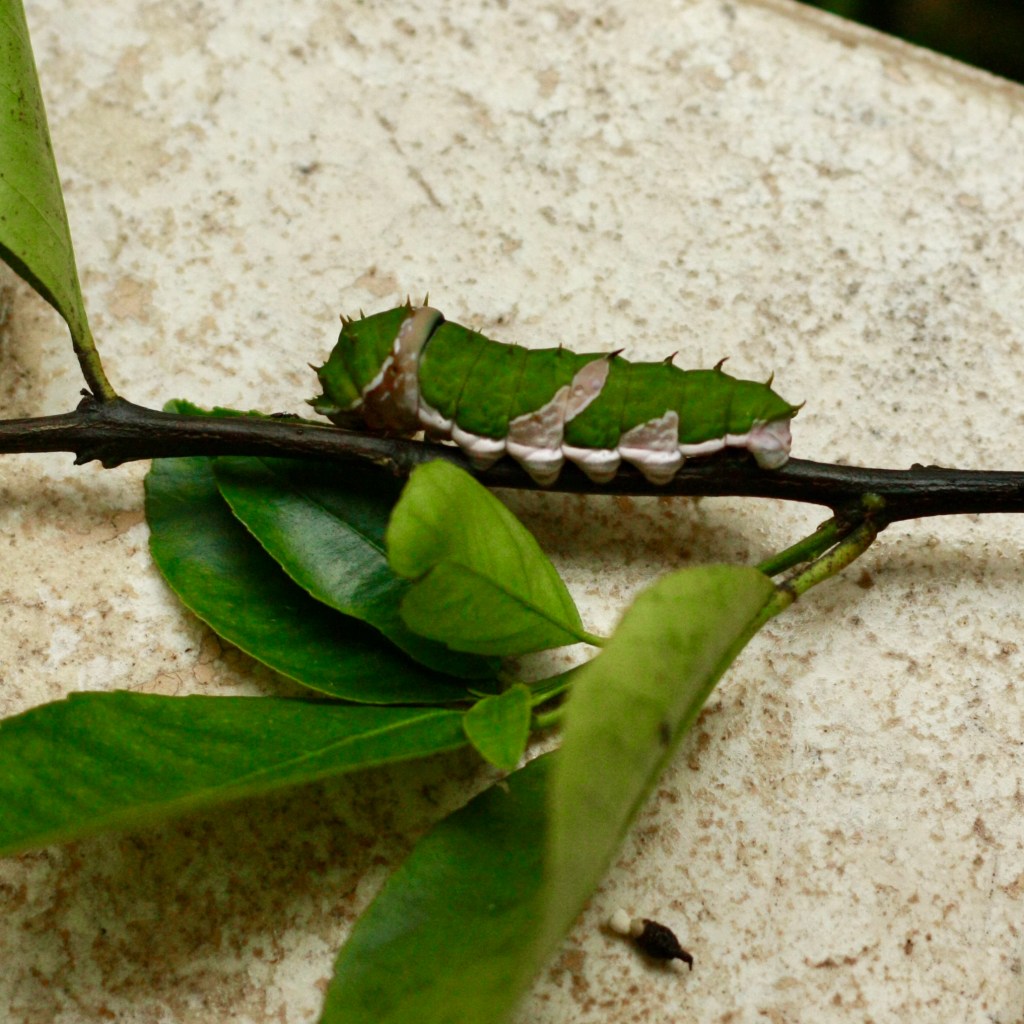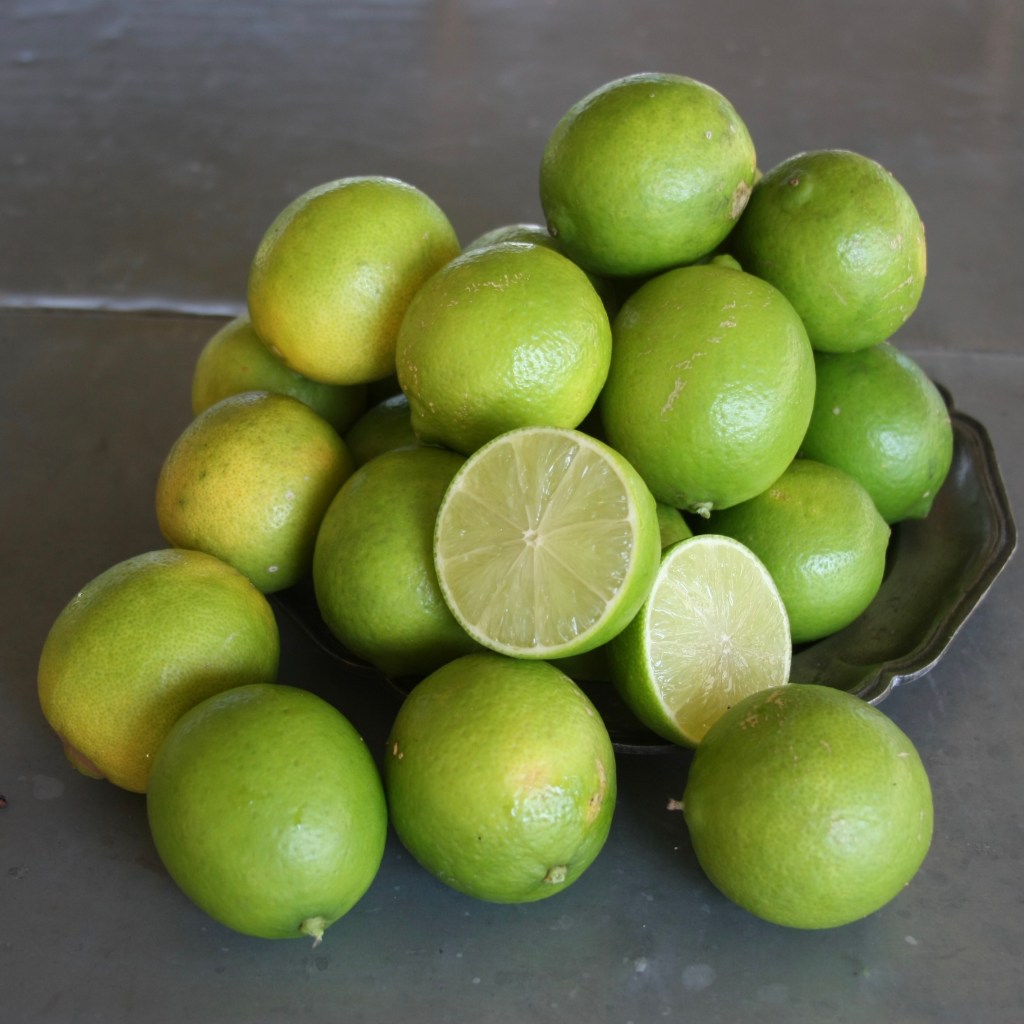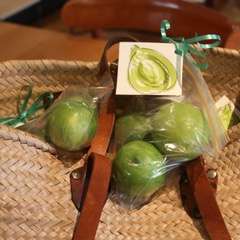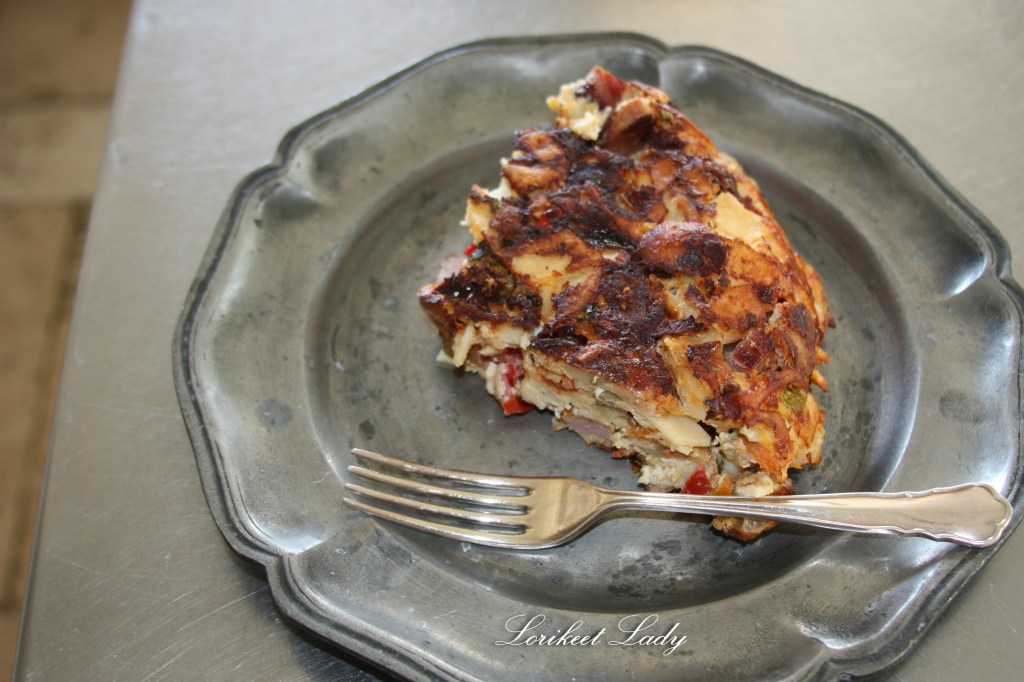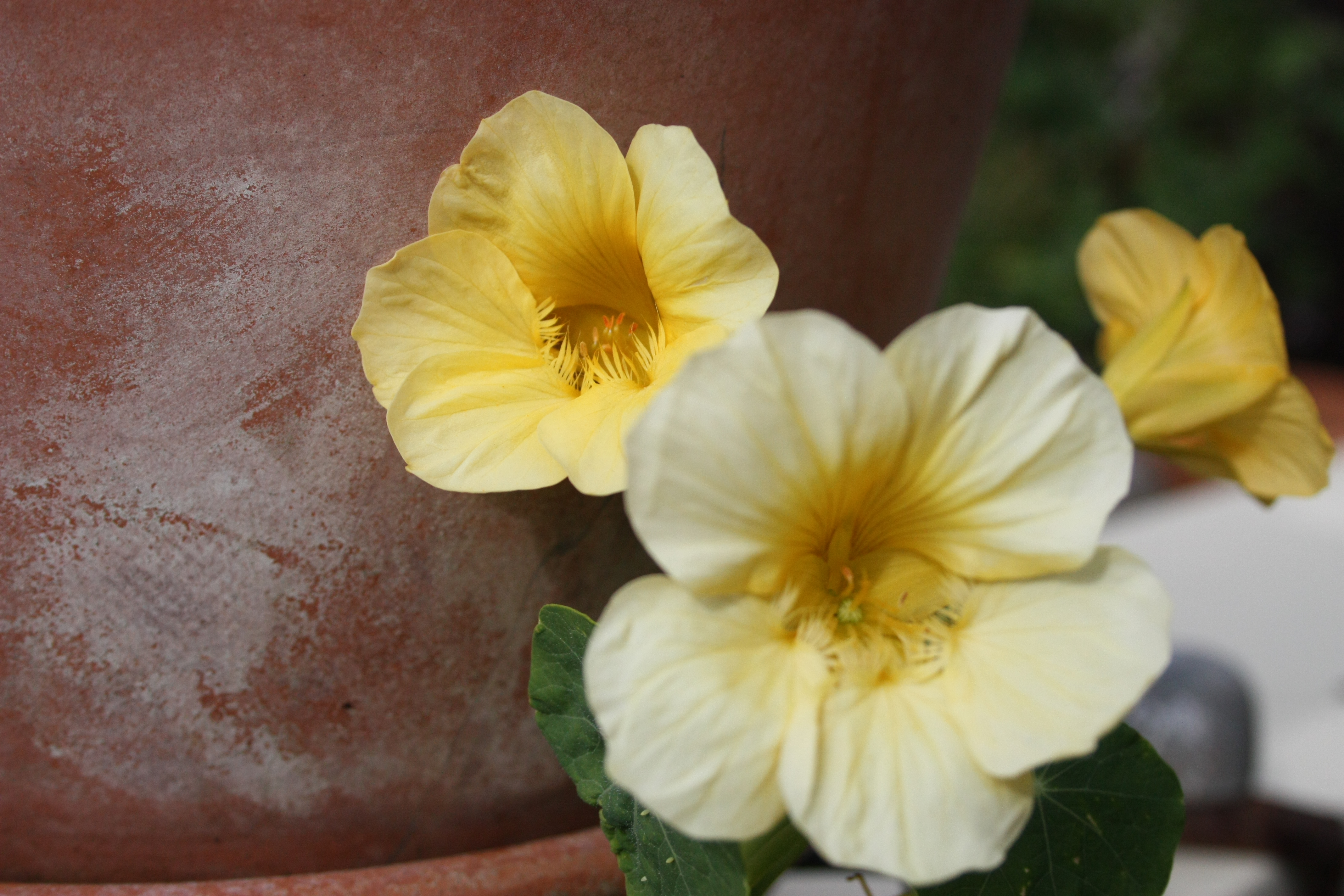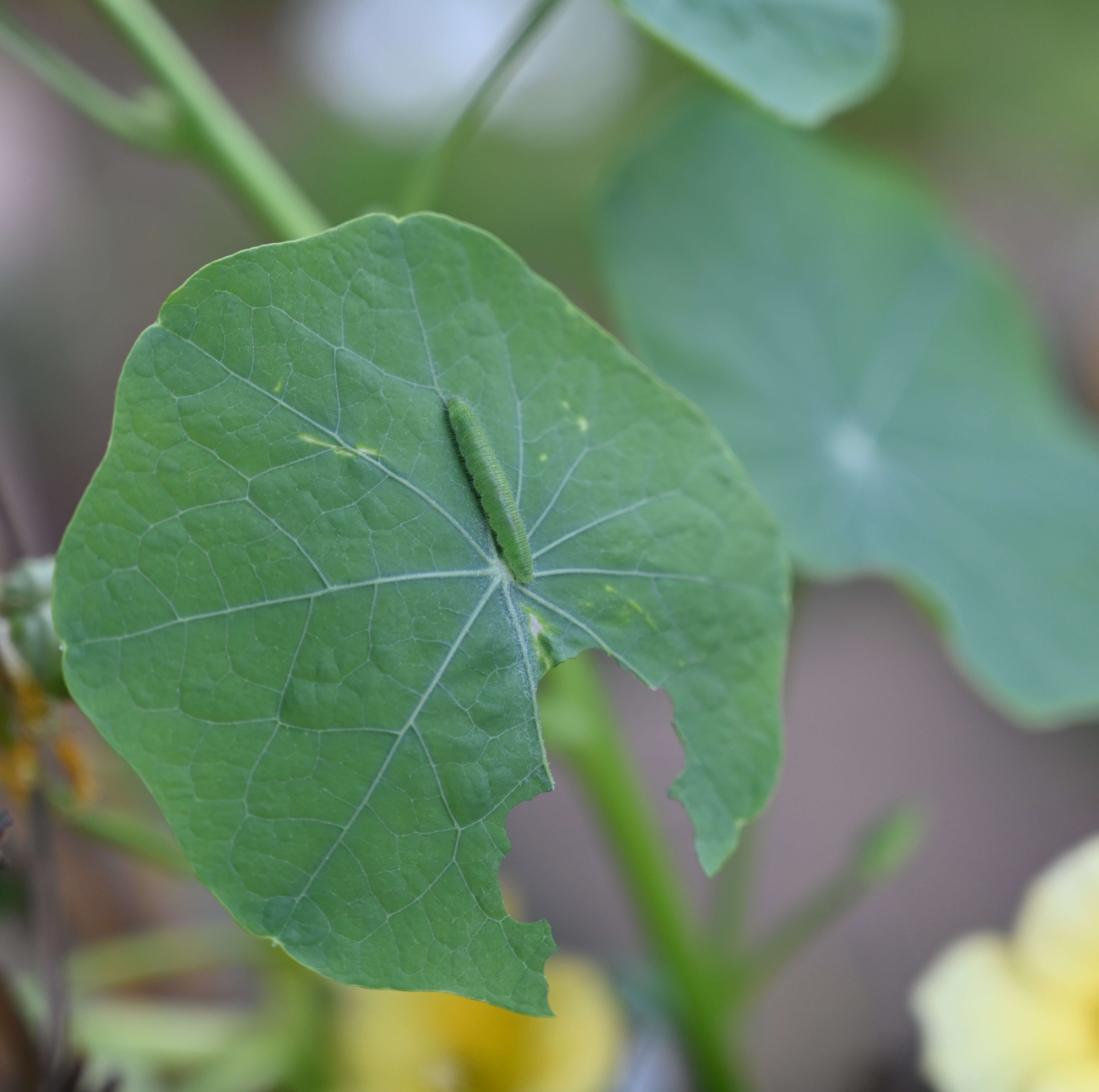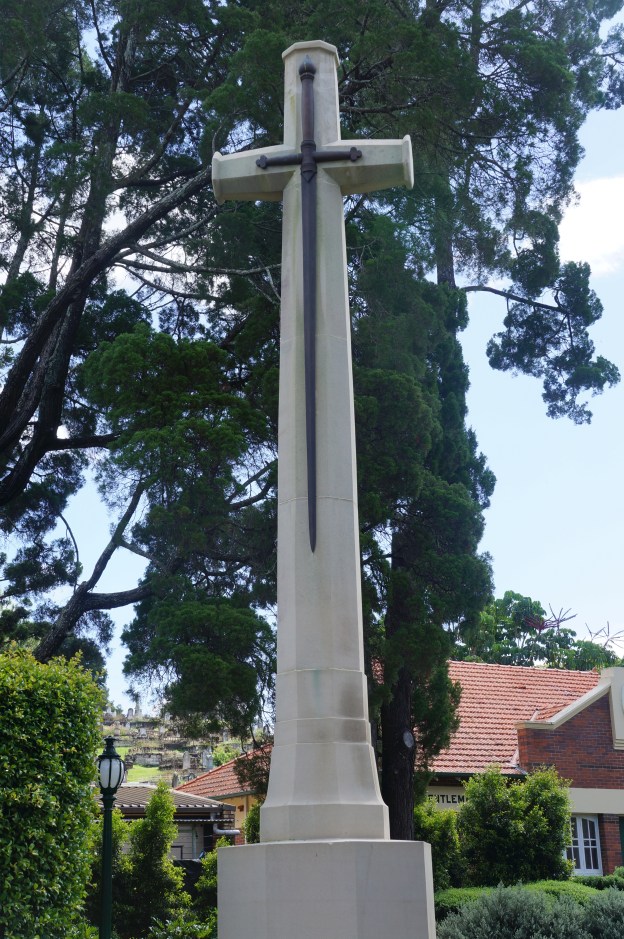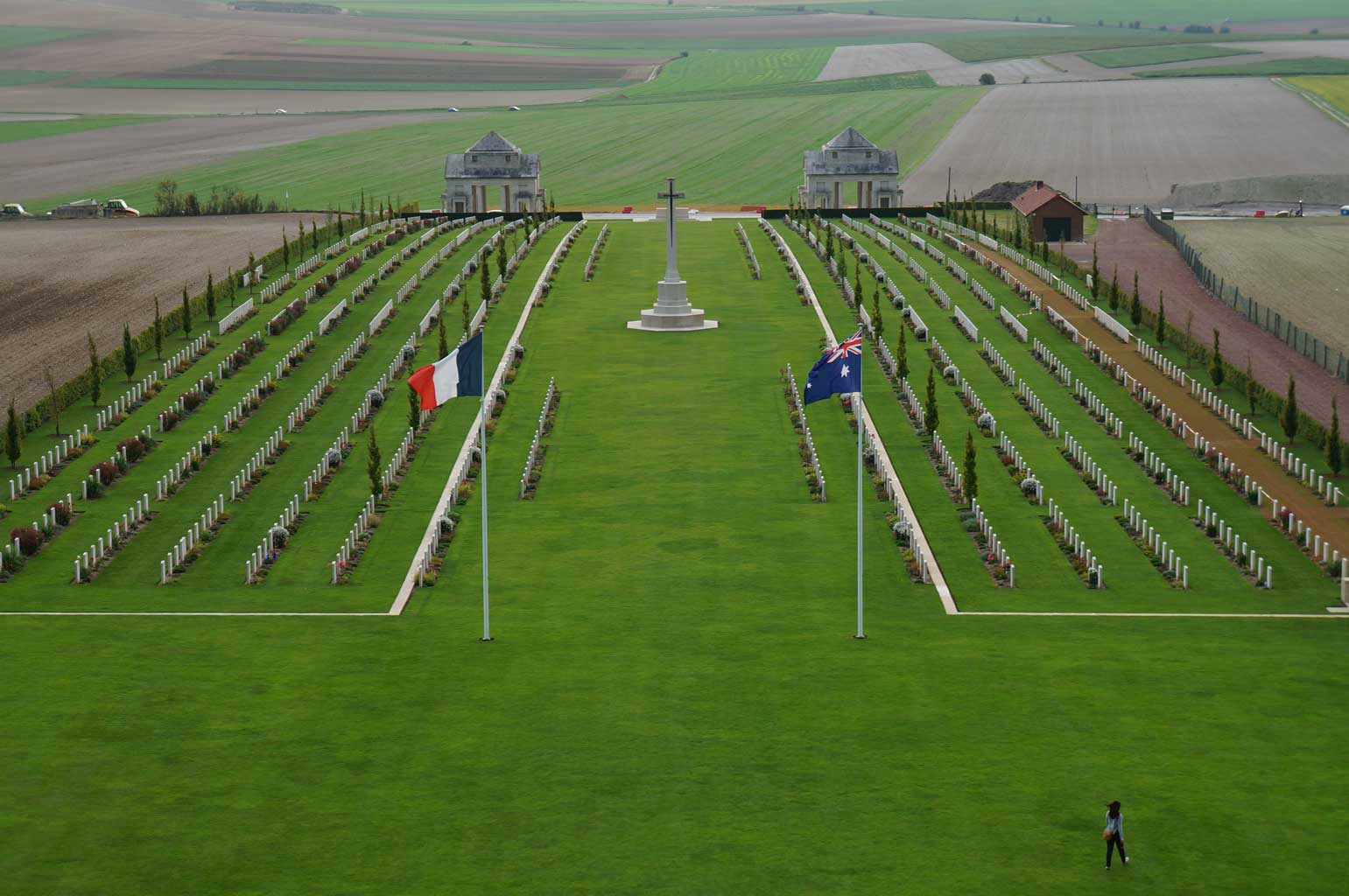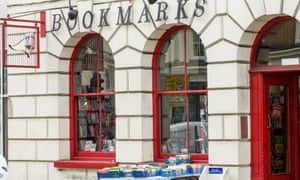Gardening like writing requires time and much of my time this year has been a rollercoaster of reacting to crises, sadness and responding to other people’s needs. There is no point in complaining; to be alive and to love; is to hurt and this year has been full of loving and hurting. There has been lots of laughter lots of loving and lots of crying.

I was reflecting on this recently when, coffee in hand I stood, soaking up the Spring morning sunshine, surveying my realm. I say realm but truly it is a very small inner-city garden and this year it is much neglected. The garden which always provides me with pleasure, exercise and joy has had to look after itself and it has done a spectacular job of doing so. Life doesn’t stop, it doesn’t even seem to slow down at the moment, so I am encouraging myself to pause, to observe and to smell the world around me. How absolutely appropriate I thought this week, as we said goodbye to our Queen, that my garden is a palate of flowers in shades of royal purple. The resilience she demonstrated right to the end has been reflected in my garden.
At some stage during the year I had grabbed a moment and haphazardly planted some annuals then completely forgot about them. This month I have showy fluffy petunias in many shades of purple spilling from pots and tumbling over the mulch under the pruned fruit trees. They are such delicate flowers that our tropical rain will bruise the petals yet more keep replacing these damaged beauties.

Each morning this past fortnight, I have stood in that early sunlight absorbing the delicate scents from the wisteria that surprised me with its strength in rebounding after a decimating attack by borer. New lime green leaves are sprouting from the tendrils already streaking along the wires with lacy droops of petals in varying shades from deep to palest mauve. We planted this hardy creeper to provide shade over the driveway in summer and I am so excited that this resilient vine is well on its way to doing just this.
I hear the loud song of the noisy miner where they are hidden in the leggy branches of a salvia. These long tendrils of deep almost black purple flowers are source of delight for the cheerful birds. Grown from a cutting, it has sent vigorous shoots across the garden.
I should have restrained it, pruned its branches, but how can you resist a length of blossom where the bees are feasting and butterflies landing, which give the flowers life of their own, as they land and lift off. Pruning can wait.
Under azaleas, roses and even the wisteria, I notice a profusion of intense purple violets standing high above the dark green leaves, appearing throughout the garden with more flowers than in previous years.
I have been giving away clumps of violet in a box on the footpath and picked lots of small posies for sitting in little vases on my desk. There are so many flowers, I have even resorted to coating them in sugar them which is proving a very messy task.
Under the magnolia trees, the French lavender planted to remind me of holidays in Europe should also have been pruned. All day its pale purple flowers are mobbed by bees so I cannot cut it now. It is far too tall for a lavender, but fortunately the pretty stalks are being supported by a white azalea. This year with all the rain we have had, everything is growing faster than it can be contained. This is the most challenging task in a garden, pruning. Not because of the time it takes but because I hate cutting a plant to discard it, even if it is only to put it into the compost or as mulch.

Prettiest of all, casting a blue haze over the garden, under the citrus, under the olives, in fact everywhere, is the blue Louisiana iris which have also thrived with all the rain this year. Its deep purple frilly leaves, streaked with white and gold, are a symbol of royalty, a constant reminder that this year is very special. The flower, named after Iris the Goddess of the rainbow is considered a symbol of faith, hope, wisdom and valour. Qualities that the Queen and my father displayed in ‘spades’.

Without me even planning it, this garden with its colour, scent and beauty has provided me with gentle solace as I quietly whispered farewell to my Queen and to my 96 year-old father, who died in June.



